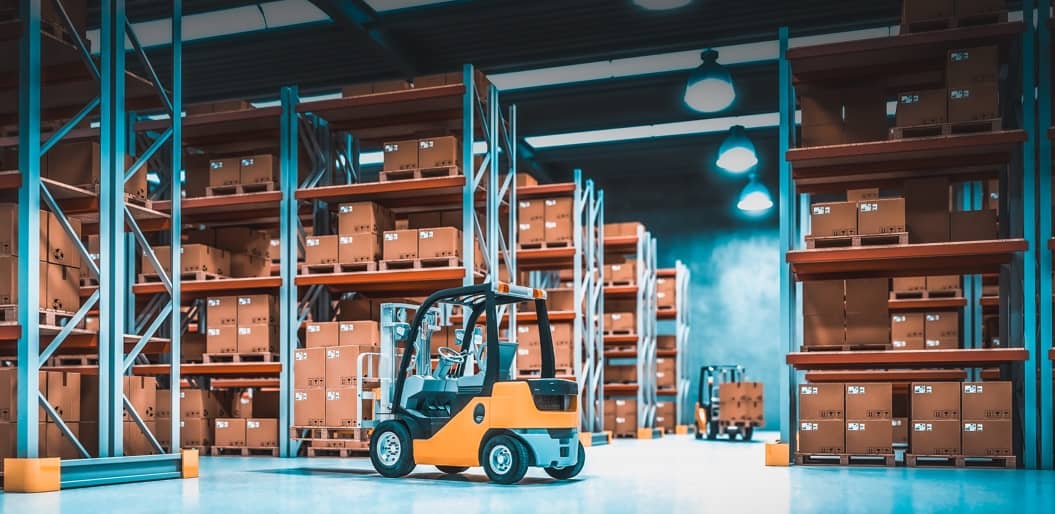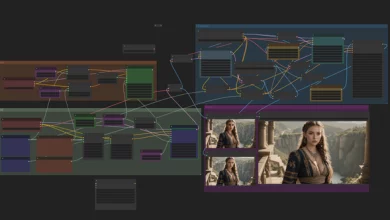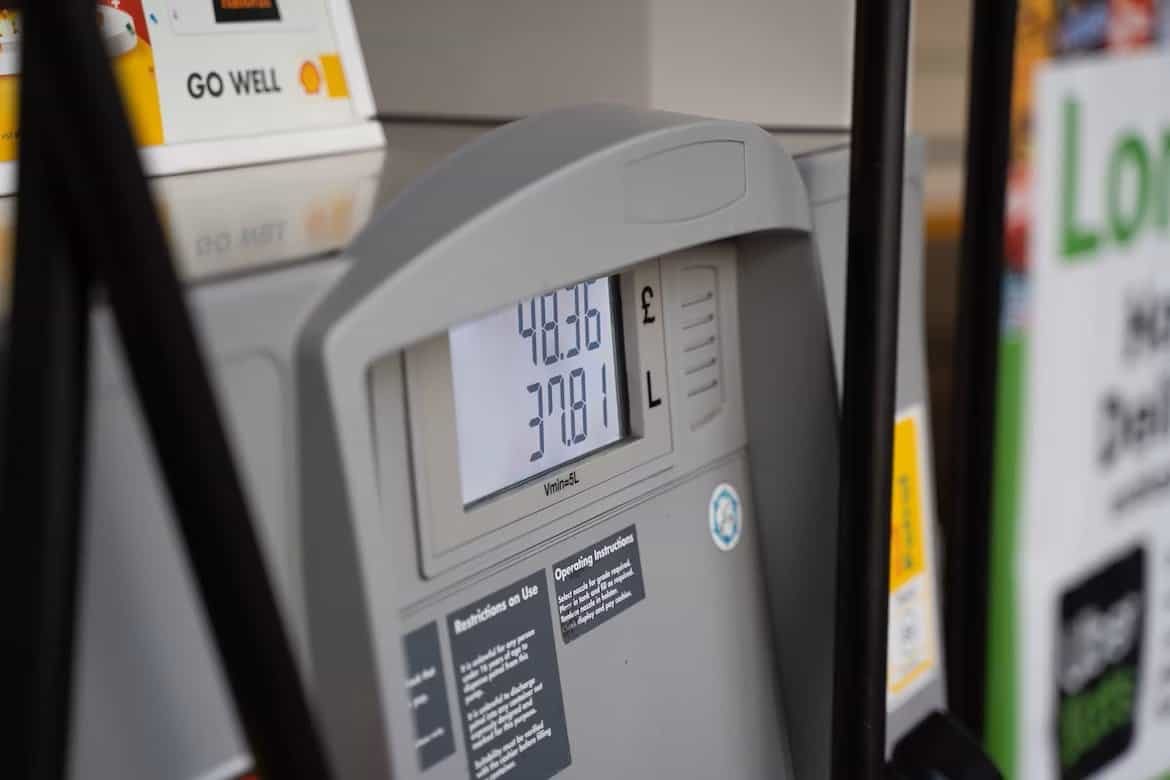
Back in 1997, Amazon would request its customers to wait for 3 to 7 days to receive their ordered product after it had left the warehouse. Users complained about how they can buy the book (Amazon’s sole product back then) in zero days by visiting a store instead of waiting endlessly for the Amazon delivery.
Fast forward to today, the eCommerce giant has triggered a widespread Amazon Effect, and same-day and one-day delivery option is a contributing factor to their success. Such fast deliveries have been accounting for positive eCommerce experiences and setting a standard for others to follow.
However, the seamless delivery model may not be easy for every business to follow.
A study, which surveyed 500 consumers on their expectations for delivery of items they purchase online or by phone, found that 69 percent of respondents are much less or less likely to shop with a retailer in the future if an item they purchased is not delivered within two days of the date promised.
So, how do you think you can catch up with the changing eCommerce delivery experience?
Answer — Having a delivery management software that can streamline the logistics process and trim down the turnaround time significantly.
There is a need to realize that speed defines service quality and should get a front-seat when devising a digital commerce strategy.
Let’s understand what this system can do for you.
What is Delivery Management Software?
To cover the mass market, improving last-mile deliveries should get prominence. And, having a custom-made delivery management software for your business can help achieve the objective.
A delivery management software is a digital product that auto-manages the courier right from pickup to successful delivery or even the return/exchange process, i.e., streamlines the aspects of shipping and logistics.
A list of features covered by delivery management software includes— dispatching, courier allocation, tracking, shortest-route planning, and delivery estimation.
Why do you Need Delivery Management Software?
The increase in consumer expectations and businesses’ inability to meet them is resulting in dissatisfaction. According to a PwC study, the delivery preferences of consumers include —
A delivery management app can certainly help bridge the gap between expectations and reality. The upshot of the software lies in its ability of your business to visualize the entire process in real-time, which can further help in identifying and cutting down on the roadblocks. The product can provide you with ETAs that help boost customer experience.
According to a survey of more than 1,000 supply chain leaders, 30% identified the need to respond to customer mandates for faster, more accurate, and unique fulfillment as a top business priority moving forward. — SupplyChain247
Delivery Management Software Benefits for your Business
Delivery management software manages both procurement and shipping orders, and thus, lessens the burden by automating the tasks that fall in between. Here’s all that a delivery management software does for your business.
1. Reduction in Customer Follow-up Calls
Customers like to stay updated about the whereabouts of their parcels, when in transit. They would certainly want to follow up by calling customer service executives until delivery. But, in case your customer service team cannot respond in time, digital customer experience takes a setback.
One-third of consumers say they would consider switching companies after just one instance of bad customer service— American Express
This is where delivery management software fits in. It can significantly reduce the number of follow-up calls by offering a real-time tracking system for prospective buyers. They can stay informed right from ordering to delivery or even returns, without bothering to call the customer executives.
Text notifications are another essential delivery management software feature that helps keep the customers informed about the movement of their parcels.
Real-time tracking helps your business in two ways. First, customers are happy not to call you time and again, second, you can allocate customer service executives to other major customer-centric issues.
2. Speedy Deliveries = Improved Customer Experience
To successfully complete a last-mile delivery, several processes fall in the backdrop, and managing them can be taxing altogether. The pressure increases for small & medium scale eCommerce businesses, especially as same-day or next-day delivery expectations are on the rise.
Today, people expect to receive their parcels no later than the day after they order, and shopping decisions increasingly depend on shipping times— McKinsey
To turn this concept into reality, building a delivery management software would be essential. The software automates the delivery management process by leveraging technology such as machine learning, predictive analysis, AI, Internet of Things, and data analytics for prioritizing orders and offering a smooth last-mile delivery cycle.
The automated tasks include —
- Estimating delivery times
- Assigning tasks to delivery partners
- Providing routing information
- Choosing a delivery carrier
- Generating time-to-time updates
When all these tasks get eliminated from the manual managing cycles, the speed of last-mile deliveries gets the much-desired push, which further helps refine digital customer experiences.
3. Transparency of Real-Time Data
21% of supply chain professionals say that visibility is their biggest organizational challenge — Statista
Integrating a delivery management software helps maintain transparency of data between warehouses and fulfillment centers. Anyone from the supply chain management team can easily map any delivery package across the chain.
The software can also be integrated with customer experience management (CXM) to ensure orchestrated real-time experiences. This helps in identifying the roadblocks across the delivery chain if any.
Real-time updates also help the managers reduce their efforts in managing their workforce, data, and deliveries by providing the required information within a few clicks.
There is another benefit of real-time data. It helps analyze the shortest time taken to deliver across defined demographics. With this information at hand, further delivery estimations can be refined to present accuracy and precision.
4. Route Optimization for Easy On-Field Force Management
Route planning and optimization is a must-have delivery management software feature. With accurate routing information, drivers can choose the shortest path to their planned destinations. It helps them complete all the delivery tasks assigned to them on time and therefore helps in gaining customer trust.
The other benefits of route optimization include —
- Manage driver’s progress in real-time
- Fuel cost savings
- Reducing turnaround time
- Better customer experience
- Adherence to the provided Estimated Time of Arrival (ETA) information
Imagine all this work being automated by the delivery management software without interventions.
5. Offering a Seamless Omnichannel Experience
The technological advancements have made it possible for an eCommerce business to enable shopping and deliveries through different channels. For instance, a customer places an order online and might choose to pick it from the store or vice-versa. Or he may even request for home delivery, i.e., the traditional delivery setup.
Managing this omnichannel retail experience becomes easy with the aid of delivery management software.
When operations upgrade their pick/inventory systems from paper-and-pencil to a more integrated form of order processing, they enjoy on average a 25% gain in overall productivity, a 10-20% gain in space use, and 15-30% more efficient use of stock— EasyPost
Delivery management software ensures speedy last-mile deliveries by maintaining the transparency of the data repository , that carries information on nearby local fulfillment centers and even order-routing across channels.
The objective of brands offering an omnichannel experience is simple — effective order management and quick deliveries.
Conclusion
Building a delivery management software can help gain an advantage within the digital commerce industry by unloading the manual after the order has been placed.
While it may seem safe to rely on third-party delivery management software, it is always better to have one of your own for higher control and balance.
How can you benefit from the customized product? It will help speed up deliveries, reduce customer follow-up calls, enable route optimizations, offer omnichannel experiences, and provide real-time data for present and future deliveries.
Delivering optimal service while spending less helps build a viable value proposition for any eCommerce business.







